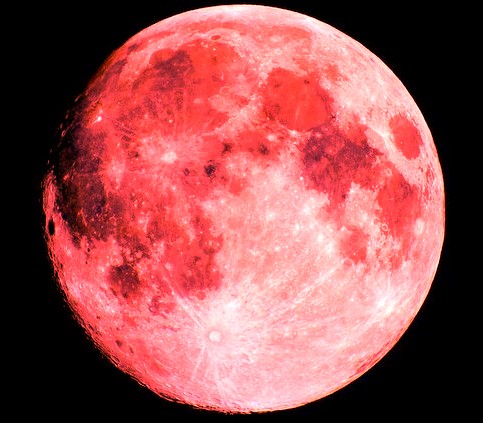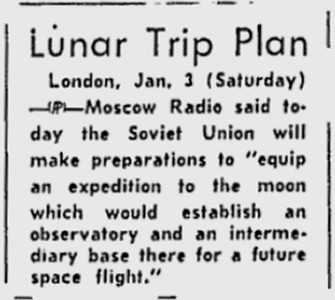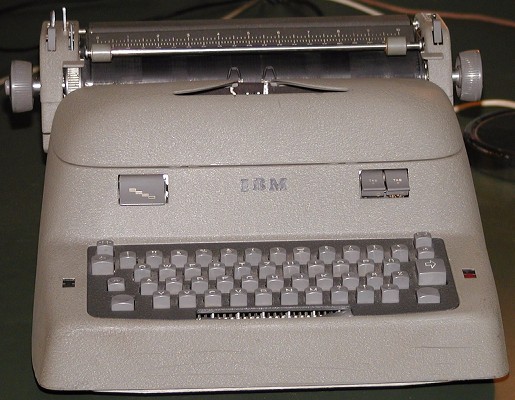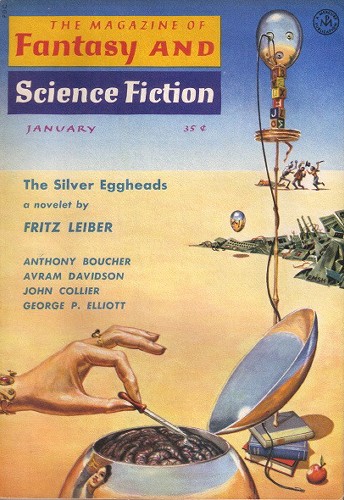
Bet on the Russians to throw us a curve.
Last month, I crowed that America had won the Space Race in 1958 with the launching of Score, the first communications satellite, and of the mildly successful Pioneer series. Well, the Soviets apparently just wanted to give us a false feeling of security, because they have finally launched their own moon probe. They call it "Mechta" or "Dream," while the press has affectionately (or derisively, as they drink their sour grape punch) dubbed it "Lunik."
It takes a day-and-a-half to get to the moon, so the Reds may yet suffer a Pioneer-style setback halfway there. Nevertheless, the probe has already broken altitude records. Moreover, the craft weighs almost 800 pounds, dwarfing anything we put up in 1958. The U.S.S.R. clearly has a new rocket, and it's a doozy.
Interestingly, the Soviets have been rather cagy as to the exact purpose of this probe. Is it supposed to impact the moon? Is it supposed to enter lunar orbit, as was the intention of the American Pioneers? Or will it just fly by? All Moscow will say is, "The multi stage cosmic rocket has gone out according to its program on the trajectory of its movement in the direction of the moon." The excerpt below doesn't clarify much either, though it does sound ambitious:

The Soviets have announced that Mechta is carrying a similar slew of experiments to that carried on the Air Force Pioneers. These experiments are designed to investigate the intensity of magnetic fields around the Earth and moon, as well as the space in-between. They include a magnetometer, a geiger counter, a scintillation counter. There is also a micrometeorite detector on board. One has to wonder if these instruments are any better than the ones lofted in Pioneers 0-2; while they weigh an order of magnitude more, this may well be because the Soviets are behind us in miniaturization technology. On the other hand, it may be that the satellite is carrying a secret payload–perhaps there is another dog on board, or maybe a flea circus.
Lunik has made its mark on history already, however–literally. I am told that the probe released a cloud of sodium gas late last night when it was about a quarter of the way to the moon. I can think of two reasons for this. Scientifically, it allows us to determine the effects of the space environment on clouds of sodium gas. Politically, it proves that the Soviets actually did send a probe to the moon, their news outlets having skewed somewhat left of complete honesty in the past few decades.
So stay tuned. By January 5th, I shall either report to you of the triumphant success of the first Soviet lunar shot or of its failure. If the latter be the case, at least it will be in good company.
(Confused? Click here for an explanation as to what's really going on)
This entry was originally posted at Dreamwidth, where it has comments. Please comment here or there.


